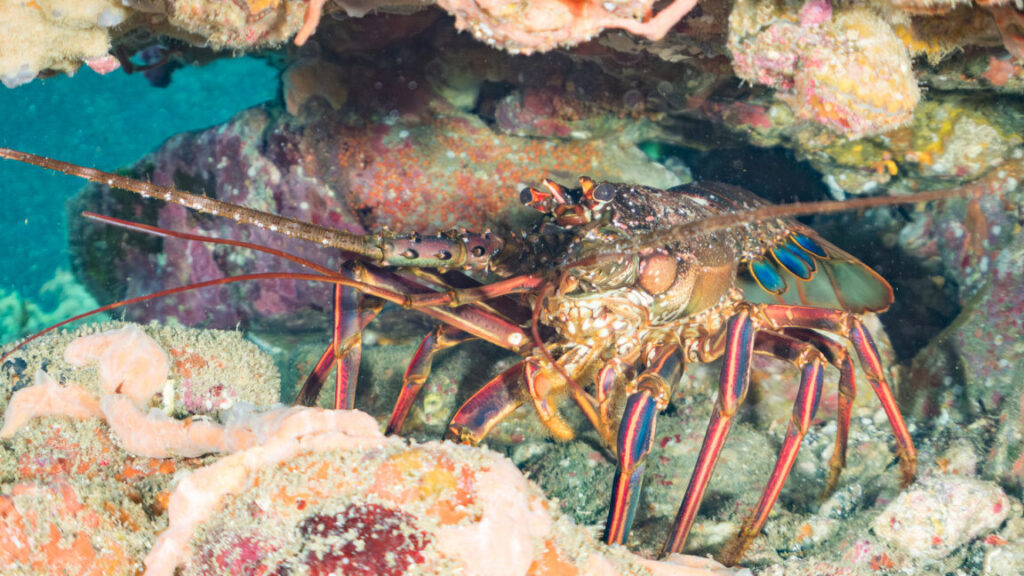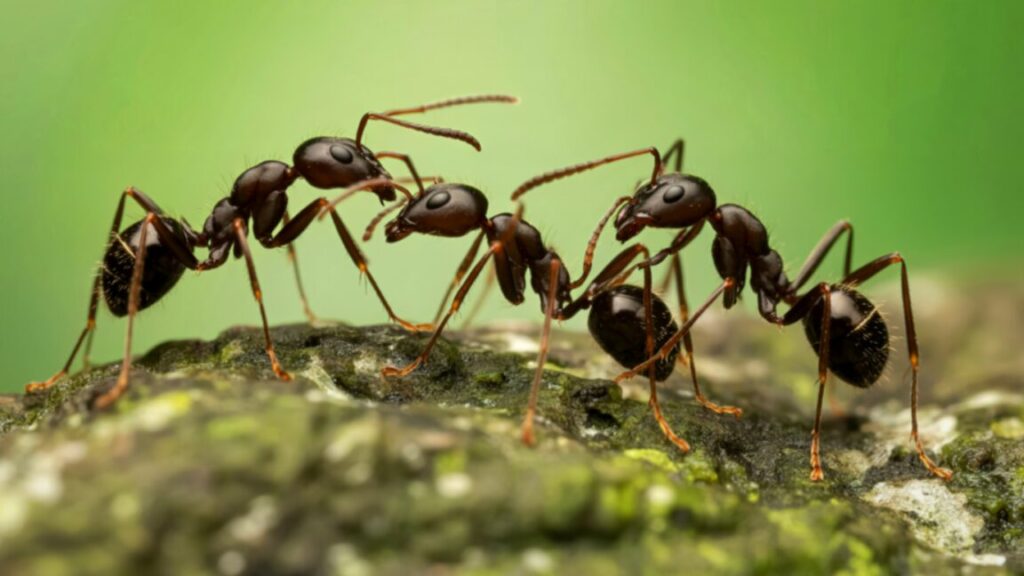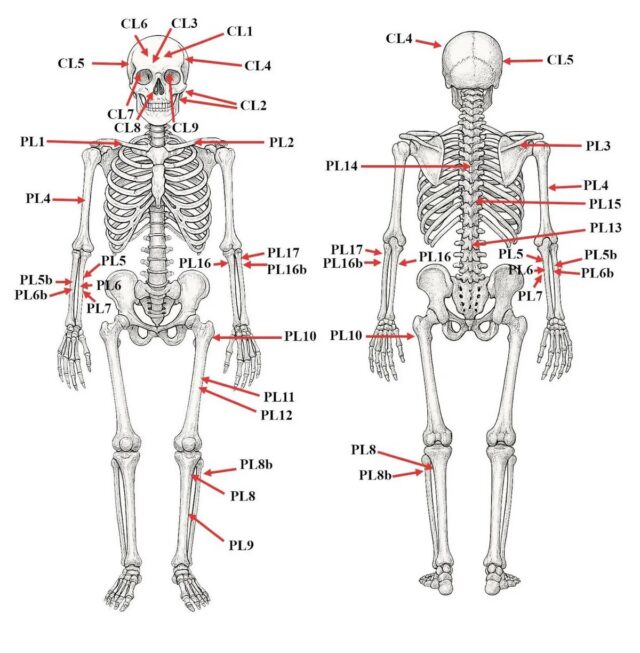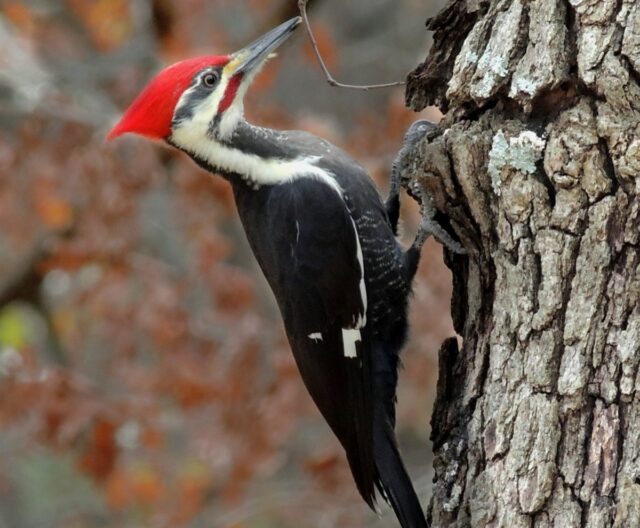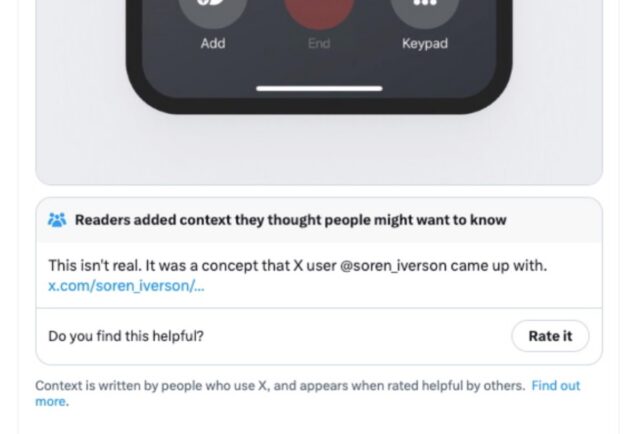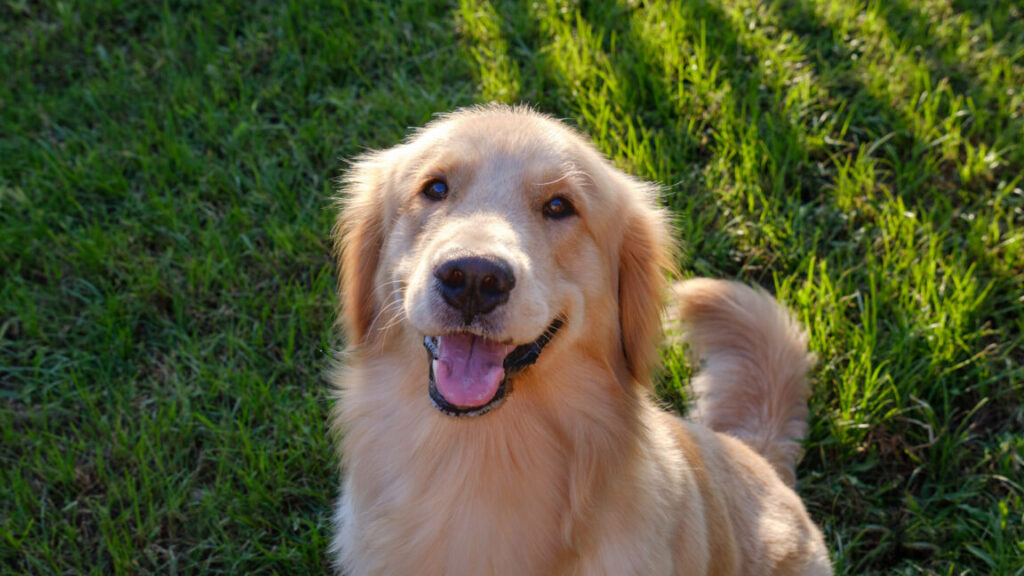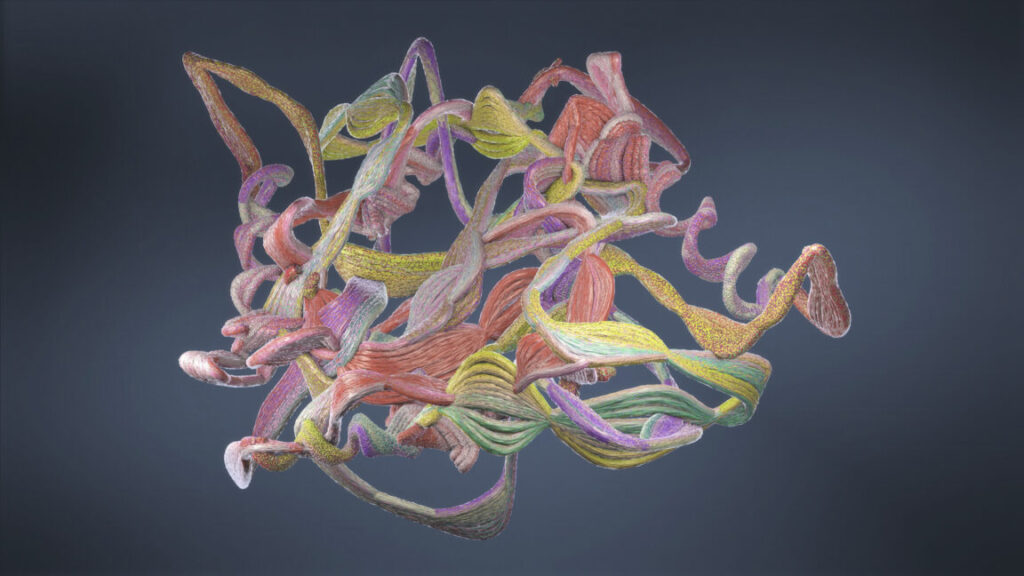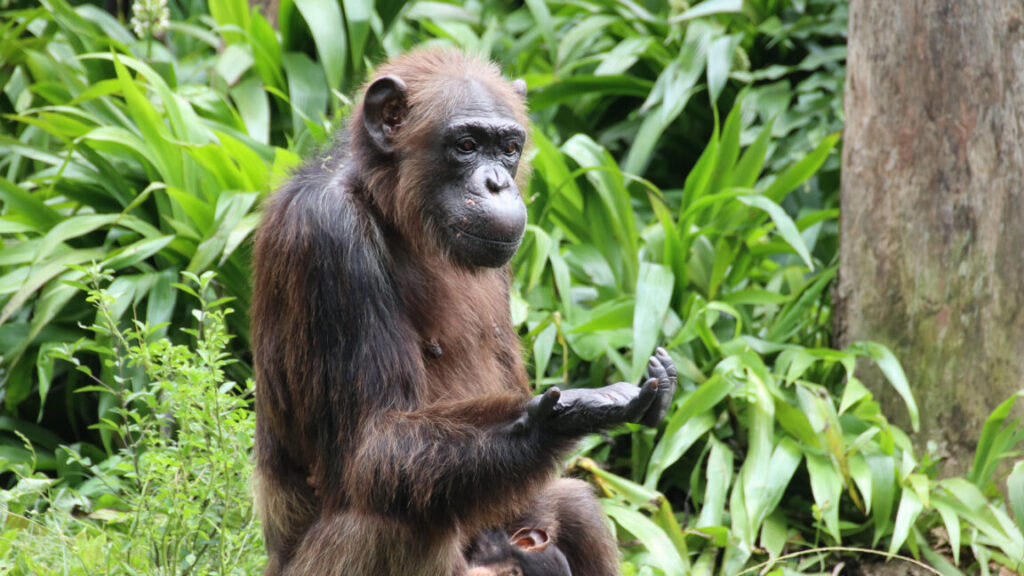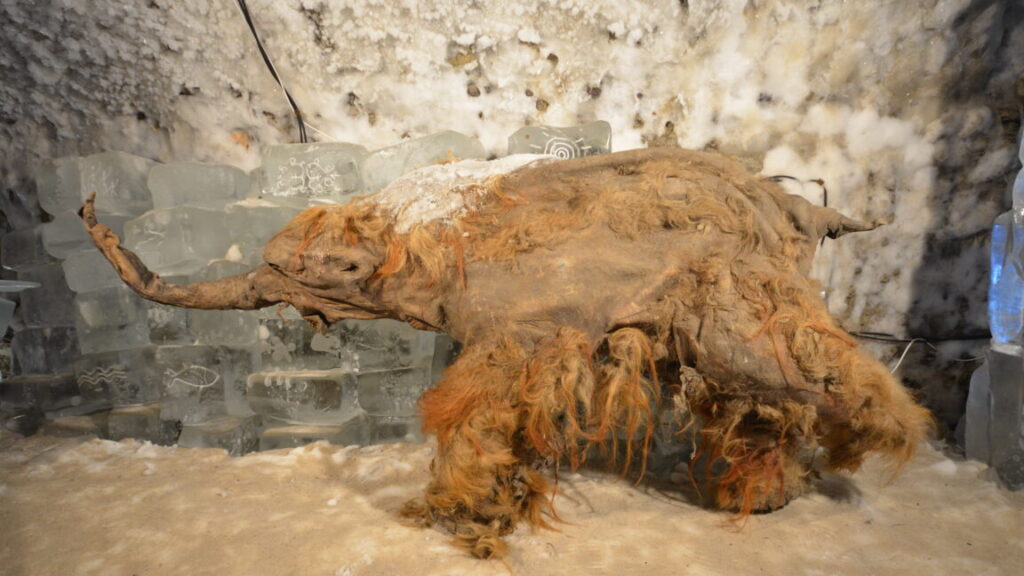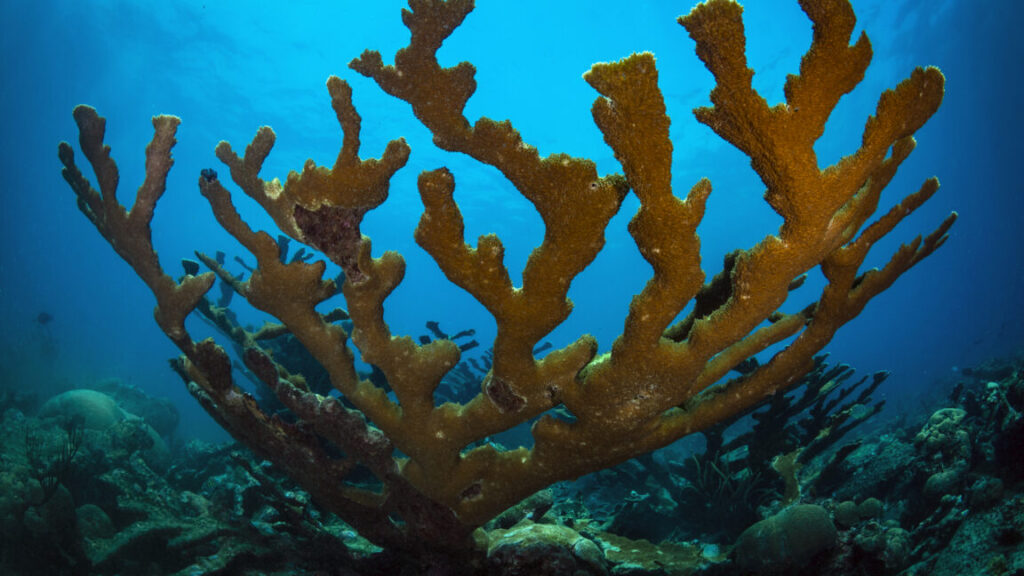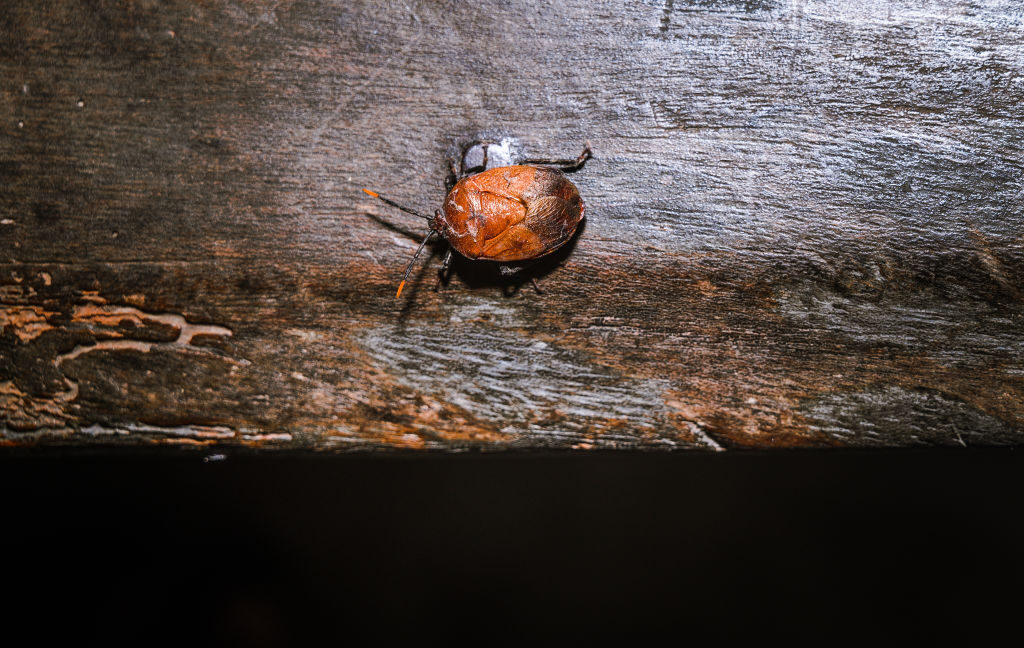Looking for friends, lobsters may stumble into an ecological trap
The authors, Mark Butler, Donald Behringer, and Jason Schratwieser, hypothesized that these solution holes represent an ecological trap. The older lobsters that find shelter in a solution hole would emit the chemicals that draw younger ones to congregate with them. But the youngsters would then fall prey to any groupers that inhabit the same solution hole. In other words, what is normally a cue for safety—the signal that there are lots of lobsters present—could lure smaller lobsters into what the authors call a “predatory death trap.”
Testing the hypothesis involved a lot of underwater surveys. First, the authors identified solution holes with a resident red grouper. They then found a series of sites that had equivalent amounts of shelter, but lacked the solution hole and attendant grouper. (The study lacked a control with a solution hole but no grouper, for what it’s worth.) At each site, the researchers started daily surveys of the lobsters present, registering how large they were and tagging any that hadn’t been found in any earlier surveys. This let them track the lobster population over time, as some lobsters may migrate in and out of sites.
To check predation, they linked lobsters (both large and small) via tethers that let them occupy sheltered places on the sea floor, but not leave a given site. And, after the lobster population dynamics were sorted, the researchers caught some of the groupers and checked their stomach contents. In a few cases, this revealed the presence of lobsters that had been previously tagged, allowing them to directly associate predation with the size of the lobster.
Lobster traps
So, what did they find? In sites where groupers were present, the average lobster was 32 percent larger than the control sites. That’s likely to be because over two-thirds of the small lobsters that were tethered to sites with a grouper were dead within 48 hours. At control sites, the mortality rate was about 40 percent. That’s similar to the mortality rates for larger lobsters at the same sites (44 percent) or at sites with groupers (48 percent).
Looking for friends, lobsters may stumble into an ecological trap Read More »
